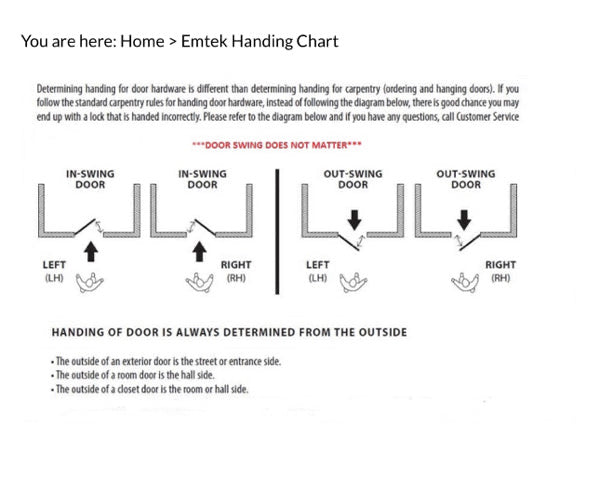The Differences Between Passive and Active Home Security
Providing protection without the need for any human intervention, passive security includes such devices as locks, doors and windows. Active security, on the other hand, requires human intervention once a threat has been detected, and includes such things as lights, cameras and alarms.
When combined and used correctly, passive and active home security devices can offer a high level of protection for your home or business, and below we look at both categories in a little more detail:
Passive forms of home security:
- Locks
For the bare minimum of protection, high security locks will keep the majority of burglars and intruders out, but armed with equipment or a daring nature, many locks are not impenetrable to experienced criminals.
- Doors
A good, strong and solid door with a high security lock on it offers a high level of protection for any home or business. Note that doors with glass in them may require additional security measures.
- Windows
Windows are a classic entry point for desperate criminals, and while they are a form of passive security, if they don’t have strong locks on them or are reinforced in some way, they could leave your home or business vulnerable to burglars.
Active forms of home security
- Lights
Lighting up the entrance points and perimeter of your property is a simple and cost-effective way to deter criminals, but only by responding to their potential presence, can you ever truly deter them. Even if you have motion sensor lights, for example, if a burglar lights up your doorway, then hides around the corner and watches to see if any lights go on inside the building or any sign of activity, and they observe nothing, they may assume the property is empty and attempt to burgle it anyway.
- Cameras
Once known as surveillance cameras, they’re now more commonly referred to simply as ‘security cameras’, and while they can act as a deterrent for criminals, they’re typically only ever as effective as the measures they’re combined with, such as security alarms.
- Alarms
While some burglars may target a property with a visible alarm (or a notice stating that the property is protected by an alarm) because they believe there may be items of value inside, they can still be effective when preventing crime, but only when paired with other security measures.
Passive security can protect your property provided the equipment is used properly, and kept in good working order. The minute a passive security measure fails to perform, could be the day you’re burgled. So, keep locks functioning properly and maintain them at all times, while making sure that your doors and windows are as secure as they can possibly be, too.
Active security won’t help you keep burglars out of your property, but it can alert you to their presence and enable you to take the appropriate action to prevent them from gaining entry.
Ideally, you need a combination of both passive and active security to guarantee the highest level of protection for any property, and to know more about securing your home or business, talk to your local locksmith, today.
